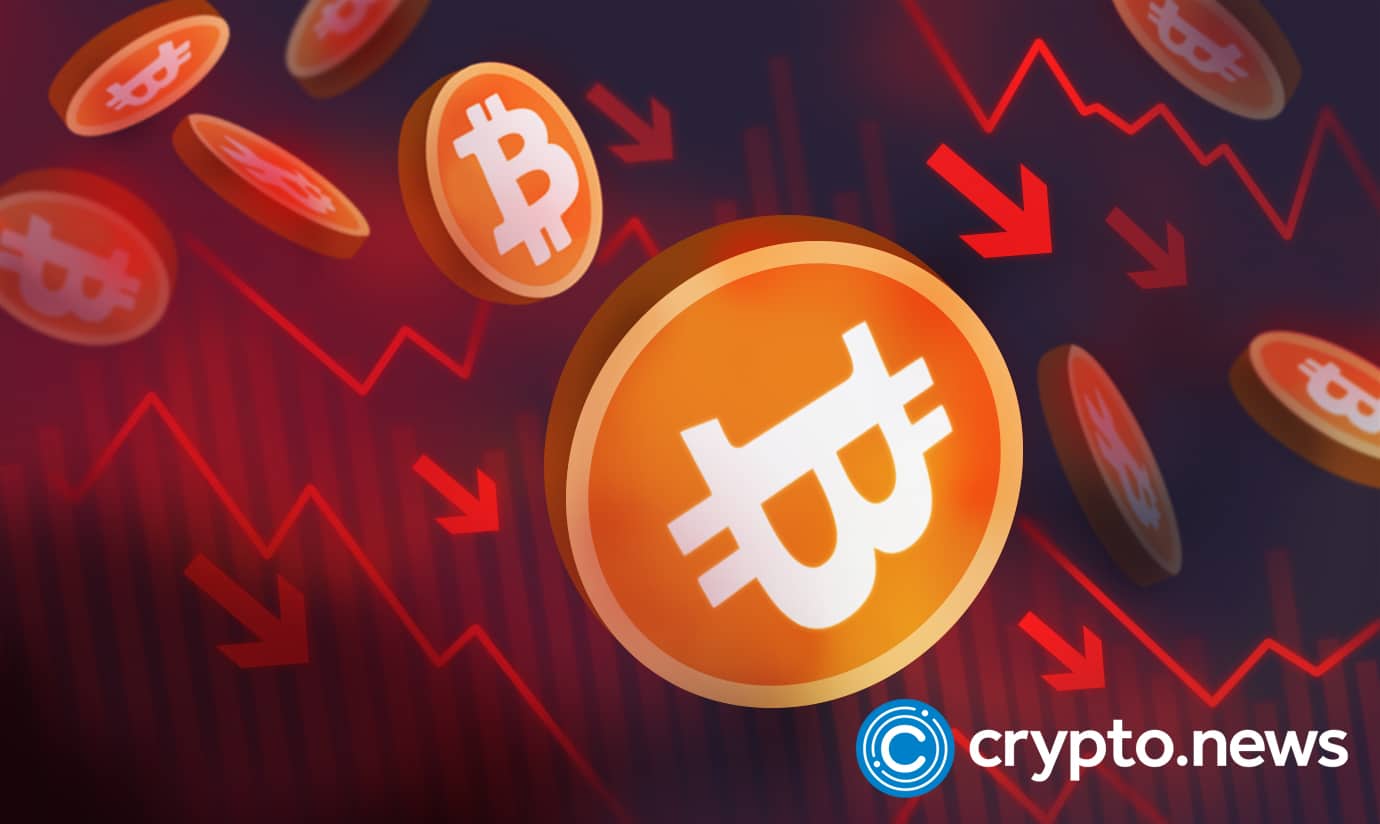Rebase tokens are a fairly new concept in the crypto space that is becoming increasingly popular. In this guide, we will explain the concept behind rebase tokens and list examples of these tokens.
What Is a Rebase/Elastic Token?
A rebase or elastic token is a cryptocurrency that controls its price by algorithmically adjusting its circulating supply. The expansion and contraction of the token supply are referred to as a rebase mechanism, and thus the term rebase tokens is derived.
A rebase token functions similar to a stablecoin in that it is pegged to a certain value, usually that of the US dollar. However, instead of utilizing reserves to maintain the price peg, rebase tokens burn circulating tokens, or mint new tokens in an automated manner.
In other words, rebase tokens have an elastic supply with the circulating supply adjusted according to supply and demand, thereby aiming not to affect the value of tokens held by the user.
While the supply of a rebase token can be highly volatile, its price is likely to remain relatively steady depending on the price of the asset it’s tracking.
How Do Rebase Tokens Work?
Let’s understand the concept of rebase tokens by studying an example. First, we must note that every cryptocurrency is designed with certain rules governing its supply. However, it’s rather rare to set up those rules with a target price.
Take, for instance, Bitcoin (BTC). Every time a miner successfully validates transactions on the blockchain, new units of bitcoin are created (as of now, it is 6.25 bitcoin per block). This is the only way to make new units of bitcoin as defined by the Bitcoin protocol. Secondly, there is no protocol-inherent mechanism for destroying bitcoin.
You can see that the Bitcoin protocol is designed to incentivize miners to contribute their resources to mining new coins. The proof-of-work (PoW) system has little bearing on bitcoin’s price. Therefore, you can conclude that bitcoin is not a rebase token.
When looking at rebase token, one thing stands out: a rebase occurs routinely.
For instance, let’s say a token “B” rebases every 24 hours with a target price of $1. This means if the price rises above $1, then extra B tokens are released, thereby expanding the supply. The expansion of supply during rebase is meant to catalyze fundamental market forces that will drive the price of AMLP down to its target price.
Conversely, if the price of AMPL drops below the target, then the supply of AMPL tokens contracts during rebase, and economic forces are meant to drive up the price to meet the price target.
From a user’s point of view, the number of tokens held in your crypto wallet increase or decrease accordingly. However, after a rebase, the total value of tokens in your wallet should remain the same.
For example, if you were holding 1 AMPL and the value rises to $2 during rebase, the supply of AMPL will expand. Your 1 AMPL will reduce to 0.5 AMPL, but the value remains $1, with 1 AMPL being valued at $2.
Examples of Rebase Tokens
Ampleforth (AMPL)
Ampleforth is an ERC-20 token that has an elastic supply. The token is designed to rebase every 24 hours to maintain its target price peg of $1. With Ampleforth, you hold a fraction of the total supply as opposed to a fixed number of tokens.
This way, when the protocol detects the price of AMPL is above the target price, the protocol increases the circulating supply. On the other hand, when the price of AMPL is below the threshold, the supply is reduced. The objective of the rebase is to create incentives that ensure the price of AMPL is maintained at $1.
The rebase is reflected in users’ wallets with balances being adjusted proportionally. However, AMPL token holders will retain the same percentage of the total token supply.
Ampleforth is the original rebase token that popularised the concept before other projects started adopting it. The rebase token aims to act as reserve collateral for decentralized finance (DeFi) applications. As of 11, August 2022, the total market capitalization of AMPL is $69,378,767.71.
DIGG (DIGG)
DIGG is a rebase token pegged to the price of Bitcoin and governed by the BadgerDAO. DIGG utilizes “parameters” built into its protocols to track the price of bitcoin. Similar to Ampleforth, a rebase occurs every 24 hours with DIGG.
Should the price of DIGG go beyond 1.05 BTC, the rebase mechanism expands the supply of DIGG in wallets and smart contracts. Conversely, should the price be below 0.95 BTC, then the circulating supply of DIGG reduces. If the price is between the 0.95 to 1.05 BTC range, rebases don’t happen, and supply remains unchanged.
Rebasing will adjust the number of DIGG tokens in your wallet, but your percentage ownership of DIGG will remain the same. As of 11, August 2022, the total market capitalization of DIGG is $7,119,217.
Antiample (XAMP)
Antiample is another ERC-20 token with a rebase function. Unlike a regular ERC-20 token, Antiample has a constantly reducing supply making it a negative rebase token. XAMP holders own a percentage of the total supply rather than an amount of XAMP tokens in their wallets. When the value of 1 XAMP token reduces, the supply is decreased by at least 1 percent. This causes the value of 1 Antimaple to gradually increase.
The Antiample rebase mechanism is a modification of Ampleforth’s but with a negative rebase. As of 11, August 2022, XAMP has a total market capitalization of $730,255.
FAQs
What is a Positive/Negative Rebase Token?
A positive rebase happens when the price of elastic tokens rises above the target price. When this happens, the rebase mechanism expands the supply of tokens in circulation to lower the price to the target. The reverse happens in a negative rebase. A negative rebase token has a constant dwindling supply of tokens in circulation.
Are Rebase Tokens a Good Investment?
Rebase tokens are yet to prove their value, with no token having made it anywhere near the top crypto assets by market capitalization. They are highly risky, speculative crypto assets that may lose (close to) all of their value, so only invest as much as you can afford to lose.
Are Rebase Tokens Taxable?
Typically, yes. Unless you live in a jurisdiction without income, wealth, and/or capital gains tax, you will have to tax your investment returns. Please check with a tax advisor to ensure you are taxing your crypto investment income accordingly.
Sourced from crypto.news.
Written by Alex Lielacher on 2022-08-15 17:00:00.









